What are 5 essential STEAM Education Skills?
STEAM education is all the rage these days. Students from around the world are being taught much more than science and engineering principles in class – they’re being encouraged to think creatively, solve complex problems, be critical, communicate and work well in a team. These STEAM education skills go beyond traditional STEM education, and mean students develop ways of thinking and learning that will prepare them for the world of work.
In this article we’ll take you through 5 essential STEAM education skills teachers are promoting around the world – providing you with everything you need to know about this new and exciting form of education.
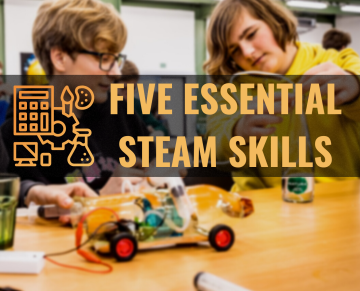
Critical thinking
What is critical thinking? Critical thinking means not just taking in information from a teacher, passively listening to information or instructions – but constantly questioning and forming an independent analysis of facts to come to a decision. The term ‘critical’ actually comes from the Greek word kritikos, meaning “able to judge or discern”.
How does this look in educational practice? Get students to build a project on their own that requires them to analyze available information and make a decision. This could be challenging them to create an efficient wind turbine or solar panel. Whatever you choose – make sure to allow space for students to come to independent judgements after they have the foundational knowledge.
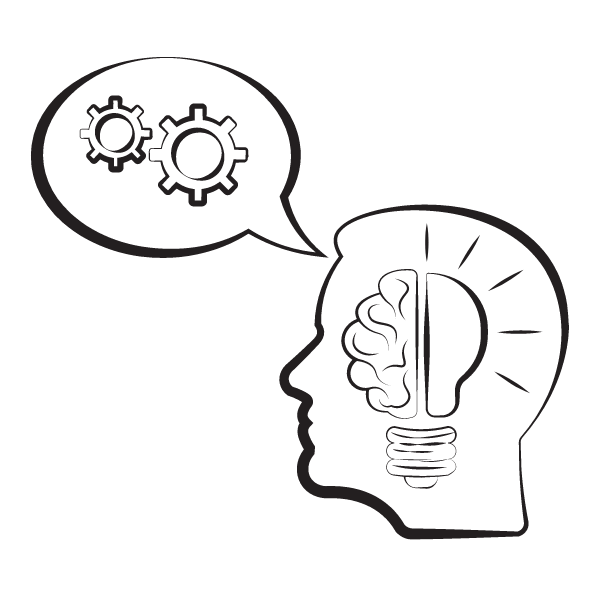
Problem-solving
Problem-solving means tackling a problem head-on to come up with a potential solution. This means determining the cause of the problem; identifying a solution and then implementing this solution in a real-world context.
A good way to promote this as a teacher is to pose a challenge to your students. Perhaps they are tasked with finding out the most efficient way to use a fuel cell to power a model car. While the students will encounter problems trying to get the model car to run, with perseverance and application of their skills, students will learn complex problem-solving skills that will prepare them for the world of work.
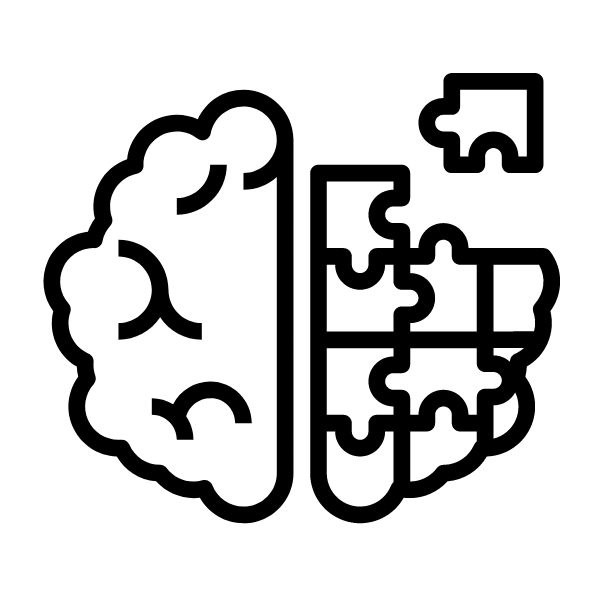
Creativity
Creativity is hard to define. Originally meaning ‘to bring into being’, creativity can be thought of as producing or creating something using original and unusual ideas. When faced with a problem – such as finding a new way to design a solar panel with increased efficiency – the engineer must come up with new and creative solutions to improve the system. Creativity is therefore at the forefront of all innovation and is a vital skill engineers use to improve efficiencies and make products work better.
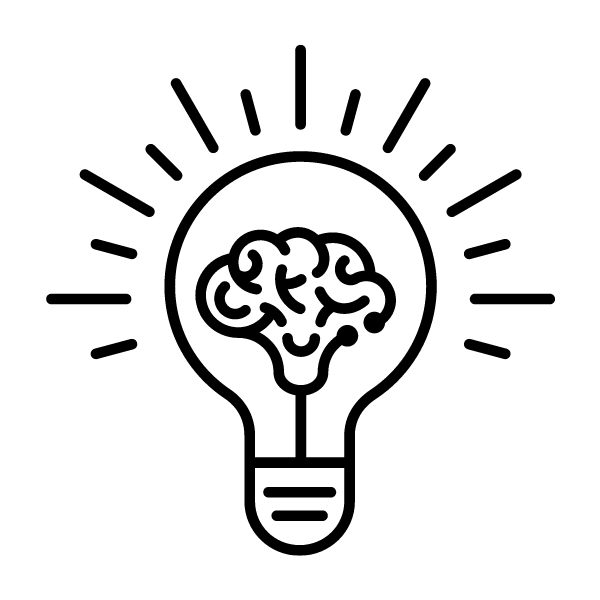
Communication
Communication is an extremely important STEAM education skill. Being able to listen well and understand a topic is one thing, but being able to communicate is an essential skill for working in a team. While students may be able to ace exams in math or physics – they might not have essential communication skills that allow for collaboration and joint-decision making. Being able to impart, convey, report and present are therefore essential education skills for any student to learn.
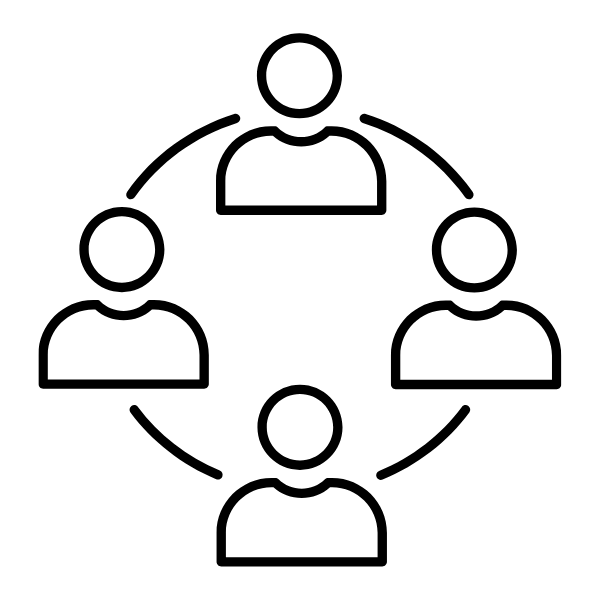
Collaboration
Being able to collaborate is an essential skill any employer will look for. While traditional STEM education can prepare children to work individually to understand a science or engineering concept, STEAM education enables students to work collaboratively to solve complex problems.

What does STEAM education look like in the classroom?
How can you develop all these skills in your students? An interesting idea could be to challenge students to design, develop and build a piece of science equipment. For renewable energy education – programs exist that challenge students to apply science and engineering principles in designing and constructing hydrogen-powered 1:10-scale cars. This ‘Hydrogen Grand Prix’ necessitates STEAM education skills as students must work collaboratively to come up with creative ways to solve real-world engineering problems. The program therefore promotes critical thinking, creativity and real-world problem-solving skills while teaching students fundamental science and engineering principles.


